Though KDE 4.13.3 is the version of that desktop environment that’s installed by default, KDE 4.14.1 is available from the KDE backports repository. This screenshot shows the default desktop showing a StackFolder of the home directory. Besides KLook, StackFolder is a feature of the ROSA KDE desktop that’s not available on the KDE editions of other distributions.

And it comes with a very beautiful icon theme – the ROSA Theme.

Click on any image of this gallery to view the other aspects of the ROSA Desktop Fresh R4 KDE desktop.
- This screenshot shows the Welcome tab of SimpleWelcome, the full-screen app launcher of ROSA Desktop Fresh R4
- The Applications tab of SimpleWelcome on ROSA Desktop Fresh R4 showing icons of installed applications. Many are group into specific categories.
- This screenshot shows the applications installed in the tools menu category of ROSA Desktop Fresh R4
- Only three games are pre-installed on ROSA Desktop Fresh R4
A beautifully-designed desktop OS means nothing if it doesn’t come with enough point-and-click, user-friendly and easy-to-use applications. And ROSA Desktop has a few of the best graphical applications. Foremost being ROSA Media Player. It is the default playing for all multimedia files, both local and online. One application, multiple tasks. And ROSA Media Player is miles better than Amarok for tasks that Amarok is designed for.

ROSA Media Player playing a Youtube video
Another application that looks good is YouMagic. Youmagic is the Russian version of Skype/Rebtel. For a few roubles, you can get a free local number in several major cities of Russia, and in other countries too. I don’t know what the call-quality is like, but YouMagic has a better logo that Skype. Given that, like Skype, it is not Free Software, I wonder whether it also comes with its own share of backdoors.

What I’m beginning to realize regarding RPM distributions like ROSA Desktop and Fedora is that, in terms of a new class of applications that are being written, they are almost becoming second class citizens. By that I mean that installation binaries for those applications are not released for RPM distributions out of the gate. Examples of applications that I’m referring to are Brackets and those I wrote about here and here.
For those applications that are available in the repository, RPMDrake is still the default application for installing them. That’s because ROSA Software Center, which is intended to replace it, is still not ready for prime time.

And with access to free and non-free applications enabled out of the box, you can install proprietary applications just as easily as you can install Open Source applications using RPMDrake.

By default, the firewall application is disabled, so that is one of the very first things you probably would want to enable after installation.

Shorewall is that firewall application. It failed to start when I tried to enable it. But it’s not just that it failed to start that bugged me, it’s the fact that the system required the passphrase that I used to encrypt the disk before it could even attempt to start it. This was on an installation on real hardware where I encrypted the root partition just to test out the root partition encryption feature.

From the error message, it seems that Shorewall failed to start because it does not support network zones, a feature that’s part of Plasma NM, the network connections manager. This screenshot shows Plasma NM’s connection settings. You probably couldn’t tell just by looking at it, but the Firewall zone combo box is empty.

Since FirewallD is in the repository and knowing that it has support for network zones, I installed it and tried to start it. Though it started, the system still requested the disk encryption passphrase before it could start. That still doesn’t make sense to me because I don’t see the connection between starting a service and disk encryption (passphrase). I am writing this on a Fedora 20 KDE desktop with FirewallD enabled and disk encryption configured. The system never requests the disk encryption passphrase when systemctl is called to start a service.

This screenshot shows FirewallD’s built-in network zones as they are listed in the Firewall zone combo box of Plasma NM.

Unless there’s a peculiar reason the developers have for implementing disk encryption in such a manner that the system has to request the encryption passphrase before it can start a daemon, then I must say that ROSA Desktop Fresh R4 has a major bug. Make that two bugs. Counting the failure to decrypt an encrypted disk when a /boot/efi partition is configured (on a computer with UEFI firmware) as bug number one. By the way, I did verify that the system will require authentication with the disk encryption passphrase before any service can be started.
ROSA Desktop is a favorite distribution of mine, but tinkering with the disk encryption feature in order to support encryption of the root partition appears to have introduced a bug in the system. I think the word for that is regression. If you fancy this edition of ROSA Desktop and you have no intention of encrypting the target disk, the system should work just fine. But if you must (encrypt the disk), watch out!
Resources: The Release Notes, including download links to installation images of ROSA Desktop Fresh R4, are available here.

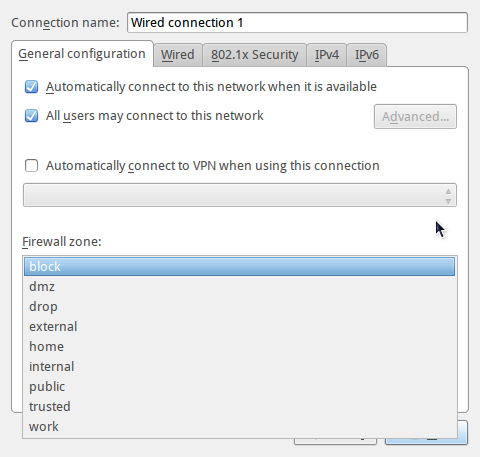
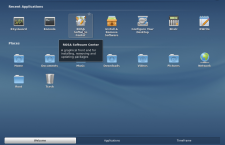
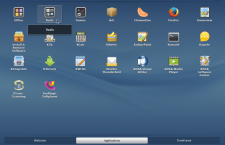
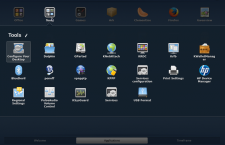
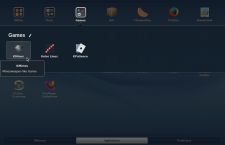
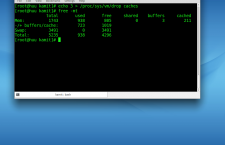
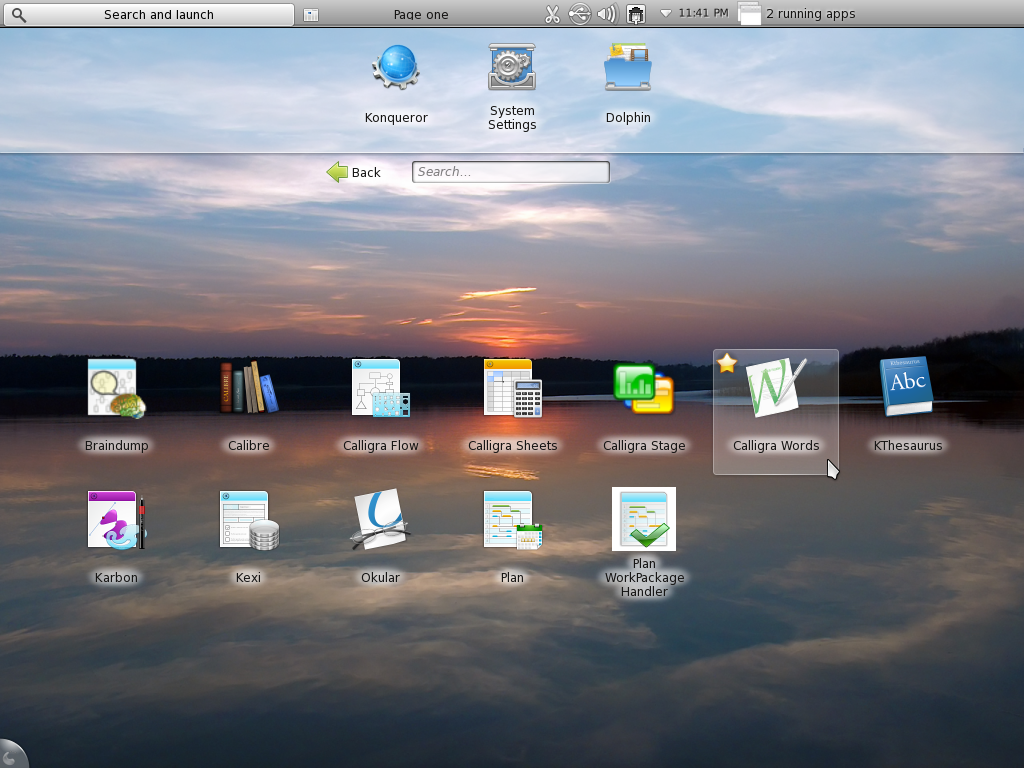
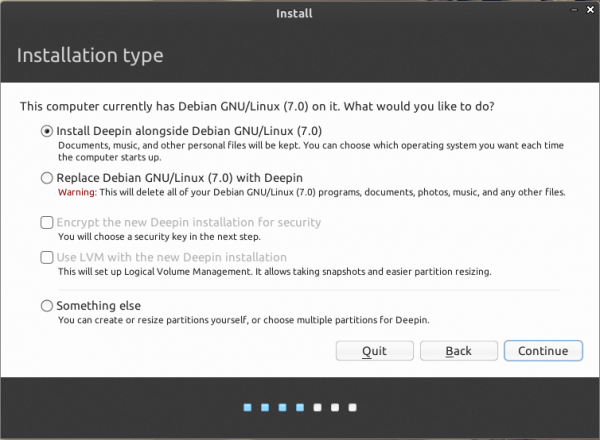
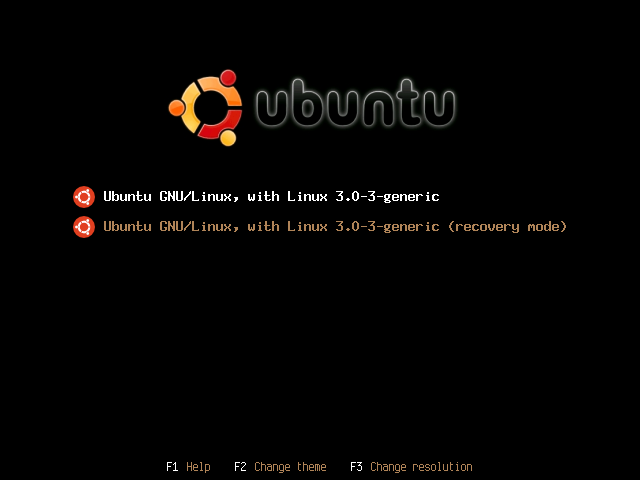



Is that distro stable enough to stay at daily using?
Yes. The latest version is ROsA R6.
Rosa Fresh R4 announced itself more than 2 years ago, so that’s not the version number you’re looking for (and then, the free version would not actually boot for some arch., and that the version was ‘Fresh!’ ran.) Now per http://wiki.rosalab.ru/en/index.php/ROSA_Desktop_Fresh_R4_Release_Notes it’s based on rosa2014.1 and will be maintained 2 years (and comes in i586 and x86_64) and has notes for old machine suitability. I rather imagine a Russian runthrough would make better reviews? Also, encrypted boot would necessarily be UEFI or at least TCP, typically done in those contexts, otherwise there’s no BIOS key mechanism…something not much made out in the review.
That wiki’s handily in English now though, so friendlier than it was. How’d it perform otherwise? Patches patching? Sources sourcing? Your OpenCL stuff ran like a colt?
How did “Rosa Fresh R4” announce “itself more than 2 years ago” when the Official release annuncement is dated “08 октября 2014”?